
Experts share insights on the latest innovations in multiple sclerosis research, in highlights from a recent State of the Science SummitTM, presented by Neurology Live®.
Professor of neurology and director, Translational Imaging Center, Clinical Translational Research Center, Buffalo Neuroimaging Analysis Center, and director, Buffalo Neuroimaging Analysis Center.

Experts share insights on the latest innovations in multiple sclerosis research, in highlights from a recent State of the Science SummitTM, presented by Neurology Live®.
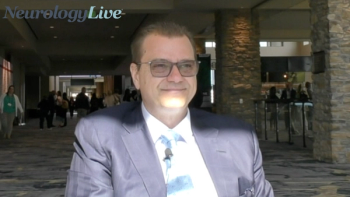
The director of the Buffalo Neuroimaging Analysis Center talked about a study that explored cognitive decline in patients with early multiple sclerosis, underlining the significance of addressing cognitive impairment in the early stages of the disease. [WATCH TIME: 3 minutes]

The director of the Buffalo Neuroimaging Analysis Center talked about the ENLIGHTEN trial, where results showed a correlation between cognitive impairment and brain volume with ozanimod. [WATCH TIME: 5 minutes]
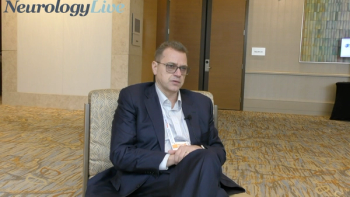
The director of the Buffalo Neuroimaging Analysis Center provide perspective on innovative ways to monitor progression in multiple sclerosis, and the importance of high-level care facilities. [WATCH TIME: 5 minutes]
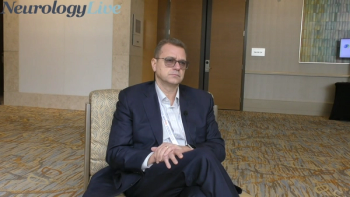
The director of the Buffalo Neuroimaging Analysis Center discussed the need to further explain differences in cortical lesions and deep gray matter in patients with severely affected multiple sclerosis. [WATCH TIME: 4 minutes]
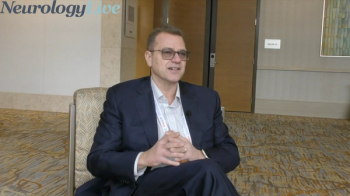
The director of the Buffalo Neuroimaging Analysis Center provided context on the CASA-MS study, and the key differences in why certain patients with multiple sclerosis experience more rapid disability progression. [WATCH TIME: 4 minutes]

The director of the Buffalo Neuroimaging Analysis Center provided context on a new study exploring ocrezliumab’s (Ocrevus; Genentech) effect on leptomeningeal inflammation and humoral response to EBV. [WATCH TIME: 5 minutes]
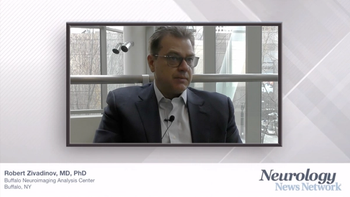
Robert Zivadinov, MD, PhD, discusses the design of a novel comparative study assessing the effect of siponimod (Mayzent; Novartis) and ocrelizumab (Ocrevus; Genentech) on microglia and astrocytes in patients with SPMS.

Robert Zivadinov, MD, PhD, offers his insight into the findings from the DeepGRAI registry of thalamic volume measurement on multicenter clinical-quality T2-FLAIR images in multiple sclerosis.

Robert Zivadinov, MD, PhD, provided insight on the different components that need to be addressed to help stop—and potentially reverse—neurodegeneration in MS.

A multiple sclerosis expert gives insight on which types of investigational agents may be able to repair neurodegeneration lost from disease progression.
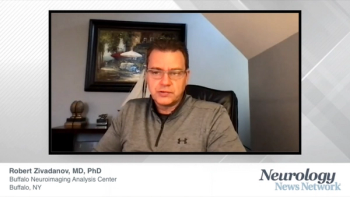
Robert Zivadinov, MD, PhD, provides thoughts on hurdles of conducting clinical trials that incorporate imaging techniques sensitive and specific to myelin for patients with multiple sclerosis.

An multiple sclerosis expert shares his thoughts on enhancing myelin regeneration and repair to counteract neurodegeneration in patients with multiple sclerosis.
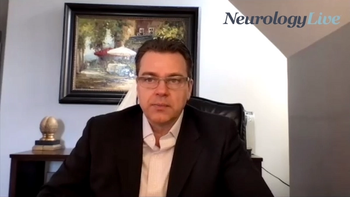
The professor of neurology and director of the Buffalo Neuroimaging Analysis Center discussed the findings of the post-hoc analysis of the ORATORIO study.

The professor of neurology and director of the Buffalo Neuroimaging Analysis Center discussed the background of the ORATORIO study and the aT2-LV biomarker.

The professor of neurology and director of the Buffalo Neuroimaging Analysis Center discussed his work on the ORATORIO study.

The professor of neurology and director of the Buffalo Neuroimaging Analysis Center discussed the development of the aT2-LV biomarker.
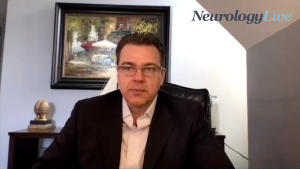
Published: May 25th 2021 | Updated:

Published: May 27th 2021 | Updated:

Published: May 24th 2021 | Updated:
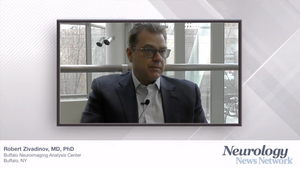
Published: April 4th 2022 | Updated:

Published: May 19th 2021 | Updated:

Published: April 25th 2022 | Updated: